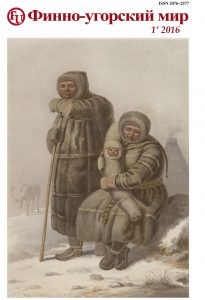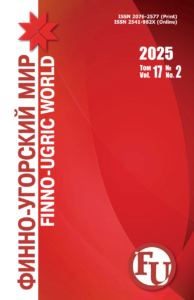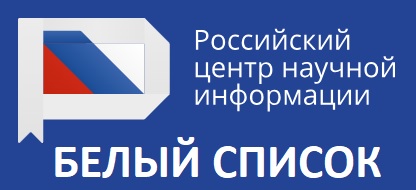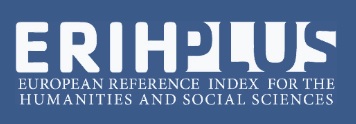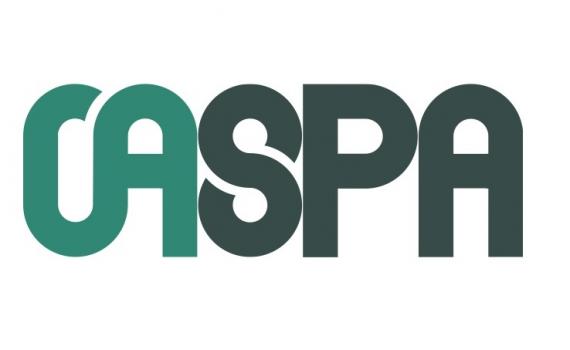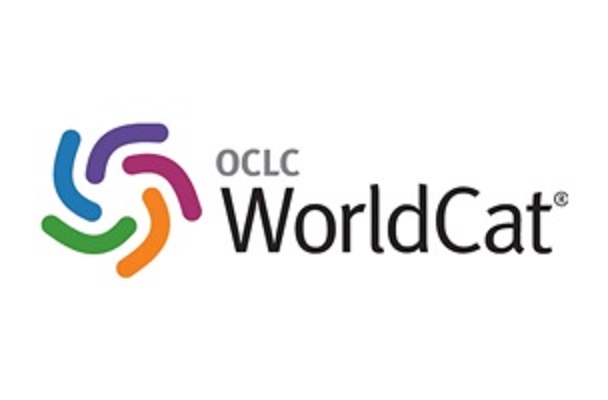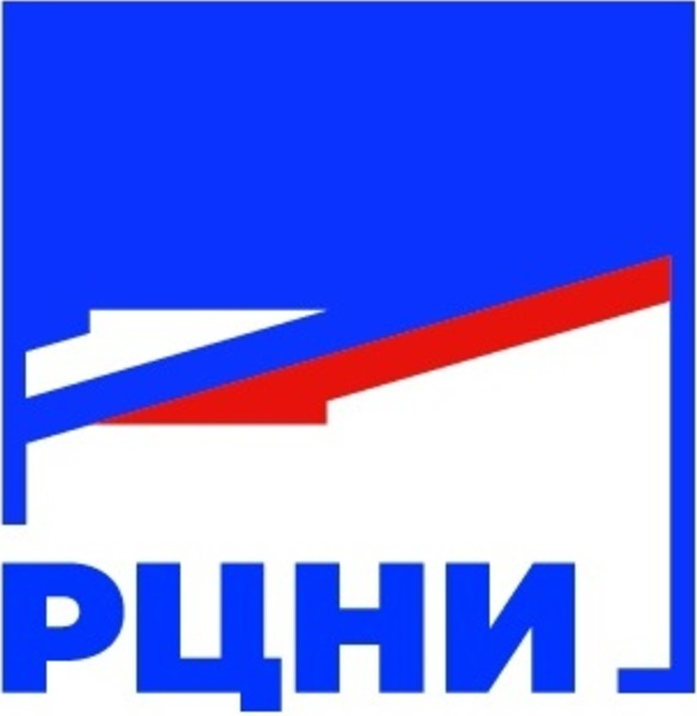Abramov Vladimir K.,
Doctor of History, Professor, Chair of Russian History, Ogarev Mordovia State University (Saransk, Russia), abramovvk@mail.ru
Ariskina Tatyana P.,
Candidate Sc. {Philology}, Associate Professor, Department of Finno-Ugric and Comparative Linguistics, Ogarev Mordovia State University (Saransk, Russia), ariskina82@mail.ru
Bahlova Olga V.,
Doctor of Political Sciences, Professor, Chair of General History and World Political Process, Ogarev Mordovia State University (Saransk, Russia),
olga.bahlova@gmail.com
Belomoeva Olga G.,
Doctor of Philosophy, Professor, Head of the Department of the Traditional Mordovian Culture, Ogarev Mordovia State University (Saransk, Russia), o_belomoeva@mail.ru
Bogdashkina Yulia V.,
Post-graduate Student, Department of Economic History and IT, Ogarev Mordovia State University (Saransk, Russia), yulia91.08@rambler.ru
Boyarkin Nikolay I.,
Doctor of Arts, Professor, Folk Music Department, Ogarev Mordovia State University (Saransk, Russia), bojarkin_ni@mail.ru
Boyarkina Lyudmila B.,
Ludmila Borisovna, Candidate Sc. {Art history}, Professor, Folk Music Department, Ogarev Mordovia State University (Saransk, Russia),
bojarkin_ni@mail.ru
Voldina Tatyana V.,
Candidate Sc. {History}, Senior Research Fellow, Research Department of History, Archeology and Ethnology, Ob-Ugric Institute of Applied Studies and Research (Khanty-Mansiysk, Russia),
tvoldina@rambler.ru
Demin Vasily I.,
Doctor of Philology, Professor, Chair of Finno-Ugric Literature, Ogarev Mordovia State University (Saransk, Russia), bishten@mail.ru
Zhebratkina Irina Ja.,
Candidate Sc. {Philology}, Associate Professor, Department of Foreign Languages, Academy of Management and Law, FSIN of RF (Ryazan, Russia), miss.zhebratkina@mail.ru
Ivanova Galina S.,
Doctor of Philology, Professor, Department of the Mordovian Languages, Ogarev Mordovia State University (Saransk, Russia),
galina17-05@yandex.ru
Ishaeva Larisa V.,
Post-graduate Student, Department of the Mordovian Languages, Ogarev Mordovia State University (Saransk, Russia), larisa_ishaeva@mail.ru
Kaverin Alexander V.,
Candidate Sc. {Geography}, Doctor of Agricultural Sciences, Professor, Head of the Chair of Ecology and Environmental Management, Ogarev Mordovia State University (Saransk, Russia), kaverinav@yandex.ru
Kaverina Nadezhda A.,
Candidate Sc. {Philosophy}, Associate Professor, Chair of Political Science and Sociology, Plekhanov Russian University of Economics (Moscow, Russia), kaverna@list.ru
Kilasonia Eteri N.,
Candidate Sc. {Art Criticism}, Associate Professor, Chair of Folk Music, Ogarev Mordovia State University (Saransk, Russia), ekilasonija@mail.ru
Kolokolova Olga A.,
Master of Philology, Junior Research Fellow, Post-graduate Student of the Institute of Language, Literature and History, Karelian Research Centre of Russian Academy of Science (Petrozavodsk, Russia), kolokolowa.olg@yandex.ru
Kochevatkin Alexander M. ,
Candidate Sc. {Philology}, Associate Professor, Chair of Mordovian Languages, Ogarev Mordovia State University (Saransk, Russia), alekoch@mail.ru
Kochevatkina Olga V.,
Candidate Sc. {Philology}, Head of the Department of the Humanitarian Education, Mordovian Republican Institute of Education (Saransk, Russia), olgako1974@mail.ru
Kruchinkina Ekatherina I.,
Candidate Sc. {Geography}, Doctor of Agricultural Sciences, Professor, Head of the Department of Ecology and Nature, Ogarev Mordovia State University (Saransk, Russia), keiti2007@mail.ru
Lebedev Anton V.,
Cand. Sc. {Cultural Studies}, Associate Professor, Chair of English for Professional Communication, Ogarev Mordovia State University (Saransk, Russia), toshaleb@mail.ru
Naumov Evgenij O.,
Post-graduate Student, Department of the History of Russia, Ogarev Mordovia State University (Saransk, Russia), naumoveo@mail.ru
Rakhimova Elina G.,
Candidate Sc. {Philology}, Senior Research Fellow, Department of Folklore, A. M. Gorkiy Institute of World Literature, Russian Academy of Sciences (Moscow, Russia), elina.rahimowa@yandex.ru
Sychev Andrey A.,
Doctor of Philosophy, Department of Philosophy, Ogarev Mordovia State University (Saransk, Russia), sychevaa@mail.ru
Syazi Victoria L.,
Post-graduate Student, Department of Philology, Ugra State University, Fellow, Ob-Ugric Institute of Applied Studies and Research (Khanty-Mansiysk, Russia), 190387@rambler.ru
Shokhin Arseny A.,
Post-graduate Student, Department of History, St. Petersburg State University (St. Petersburg, Russia), st035265@student.spbu.ru

